Whether they have a new or a used vehicle, every car and truck enthusiast can admit that they enjoy it when their pride and joy look like it just rolled off the showroom floor. While keeping a car in pristine quality takes time and effort, many individuals seem to have their own routine in place to maintain the look of their vehicles. For most, they can be found each and every weekend surrounded by the best cleaning products they can find, washing away road grime and polishing every inch they can. But, while in the end, they may be able to keep their car looking almost as good as new, there is one piece of a car that seems to stump more than most when it comes to maintaining a pristine look – tires.
One of the biggest misconceptions surrounding tire care is if tire protectants are something that will help tires last longer or stay in better condition. More importantly, is using these types of products absolutely essential in maintaining your car? Some people claim yes, that using tire protectants like this can help keep tires from cracking.
Others go the opposite route and say that the detergents and the chemicals in such products can actually damage the rubber in your tires, shortening their lifespan.
In all, there is a lot of misinformation out there on the subject of tire protectants and if they actually help or hurt the life of your tires. First, to get to the bottom of this mystery, it’s important to understand everything you can about tire protectant products.
Get A Free Quote
Tire protectant, tire dressing, tire shine, and tire conditioner are all different ways of describing the same thing: that aerosol spray bottle or foam solvent that you use to achieve those shiny tires that constantly look wet. These tire protectants make various claims, like they will increase your tires’ longevity or even restore the rubber of your tires.
Often, they will claim to protect your tires from UV rays from the sun. However, while all tire protectants have the same general goal, not all are created equal. In fact, not all of them are even made with the same standard ingredients.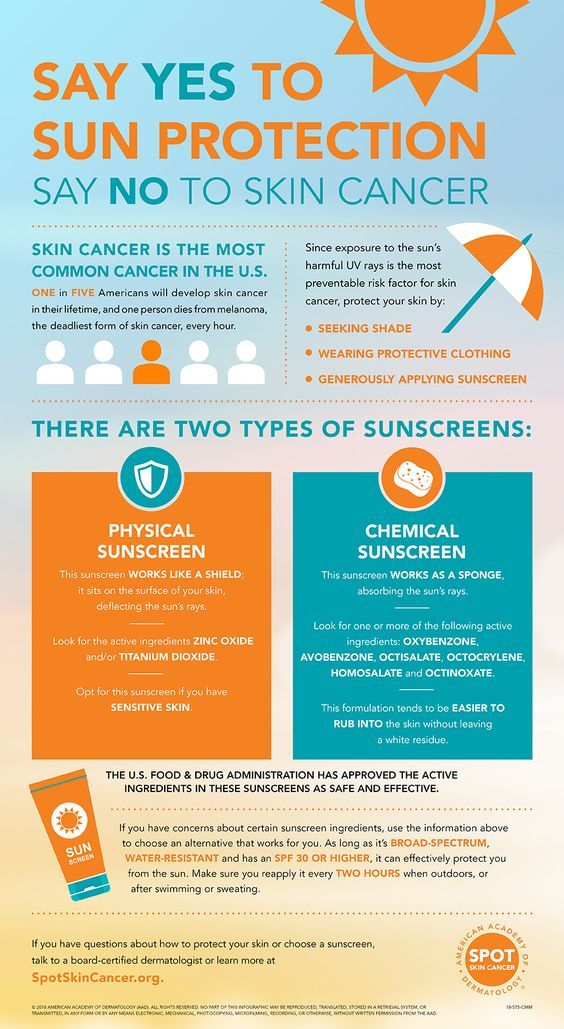
Let’s be clear. Often when reading the back of the spray can or bottle of various types of tire protectants, you’ll find claims like “restores your tires.” But, unfortunately, no product you can buy on the market can restore or repair the rubber of your tires.
If your tires are cracked, you could apply every tire protectant or detailer on the market with the best product reviews to your tires every fifteen minutes for the rest of your life, and it will never repair the actual rubber of your tires. You can prevent damage, even slow it, but nothing will mend it back together once the rubber of a tire splits.
Another thing these tire products will not do is any notable damage. That is, of course, if you follow all of the product’s instructions correctly. Correct use could include using car-safe cleaning items like a microfiber towel or other approved applicator pads, as well as allowing proper drying time before you drive away to show off your gleaming tires.
Tire protectants are often touting to increase the longevity of your tires. However, this is something of a loaded claim. One can’t say this is an outright lie, but it isn’t true 9/10 times in practice. Is it true that these products can prevent wear that will increase the longevity of a tire?
The answer is yes. However, if you regularly clean off any road grime and drive your vehicle in normal conditions, the tire’s sidewall will outlive the tire tread. In other words, your daily driver will need new tires long before cracks and sidewall damage accumulate enough to affect your car’s tires negatively.
There are exceptions to this rule. If the vehicle in question is a show car or a weekend driver and you are putting very few miles on the tire tread, it’s possible to need a little extra protection. However, that’s assuming that your show car is parked somewhere uncovered and in the direct sun a lot, which probably isn’t the case. The vast majority of damage to tire sidewalls comes from UV rays. The best way to protect your car’s tires is to keep them out of the sun. Do that, and you are probably OK, whether you use a tire protectant or not.
The best way to protect your car’s tires is to keep them out of the sun. Do that, and you are probably OK, whether you use a tire protectant or not.
Tire protectants also do not act as an all-purpose tire cleaner. But, again, this falls back to the part about using these products correctly. Tire protectants are not designed to clean your tires; however, they are designed to be applied to already clean tires as the final step of the process of cleaning your tires.
Now that we have addressed a few of the claims, we need to look at a few things that the best tire protectant and other tire shine products will do.
Tire protectants will lubricate and add a layer of protection to your tires. There is no question that tire protectants do help to maintain the rubber of your tires. In addition, many have built-in UV protection; consider it something like sunscreen but for maintaining good tires.
This one should be pretty obvious, but another thing that tire protectants will do is give you shiny tires.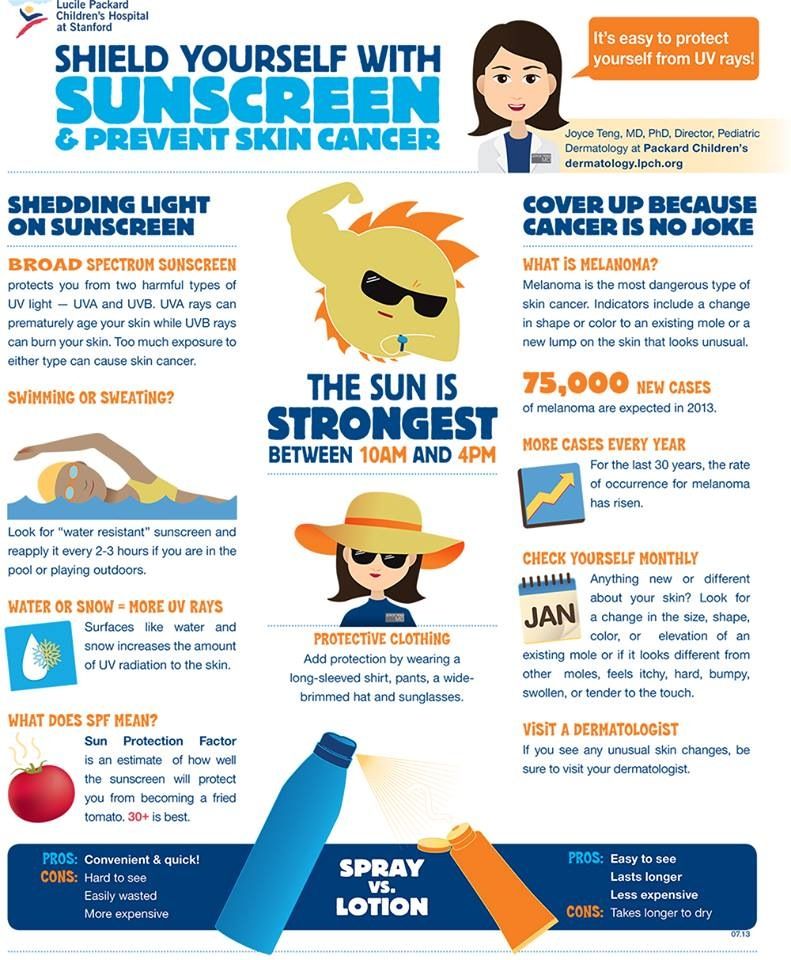 That’s right. For a short time between washes, your tires will keep that nice, wet look. It helps to repel dirty water, snow, and things that remove your tire’s natural luster, so they stay wetter looking than bare tires.
That’s right. For a short time between washes, your tires will keep that nice, wet look. It helps to repel dirty water, snow, and things that remove your tire’s natural luster, so they stay wetter looking than bare tires.
One of the important and probably best ways that tire protectants will help is in maintaining tires stored for prolonged periods. For example, let’s say you live in a northern climate and have a set of winter tires for the icy months. Sitting tires that do not see many uses have a higher chance of oxidation or suffer from dry rot, where they can begin to crack. Using tire protectants in situations like this can help increase the lifespan of tires you have for a long time.
Some people say that tire shine will lead to the browning of tires. We have all seen older, white-walled tires where the white of the tire is beginning to lose its luster. They start to take on a more dingy, brownish look, which is another of those misnomers.
While using tire protectants will not innately cause your white tires to start to brown, if you apply tire protectants on top of old tire protectants without thoroughly cleaning them, it can contribute to the tires’ browning over time.
Get A Free Quote
The best tire protectants come in many different brands and formulas. You have water-based tire protectants, silicone-based protectants, even protectants made with petroleum distillates. They all generally do the same thing. Some may keep their luster a little better or have different application processes, but they all generally do the same thing.
When it comes to whether you should or should not use these products, it is ultimately up to you. Are you neglecting your tires if you don’t use specific tire shine products such as Armor All or Meguiar? Not at all. You don’t even need to purchase your tire shine at a certified retailer, as Amazon has many options to choose from without having to leave your home. If you are regularly cleaning your car’s tires, that is more than enough to keep them well-maintained and beautiful for their life. It is an added and unnecessary expense.
Is it going to hurt your tires? As long as you use the product properly, absolutely not. If you just have to see your reflection in your tires and don’t mind the added expense, it won’t hurt a thing, but there is something to consider.
If you just have to see your reflection in your tires and don’t mind the added expense, it won’t hurt a thing, but there is something to consider.
If you are washing your car every time your tire shine wears off, which you should be, or if you’re going to be applying more tire protectant, your tires don’t have the time to get noticeably dirty. Clean tires already look gorgeous, and tire shine isn’t going to keep them noticeably cleaner; they simply leave you with, well, shiny tires.
Endurance aims to be your source of knowledge for all things auto. We also want to make sure that everything from your tires to your transmission is well-maintained and protected, which can quickly get expensive. So don’t do it alone; get a free, no-obligation quote from Endurance today to help you avoid costly repairs.
Ask a question, get an answer ASAP!
☰
×
GET A QUOTE
| Save Big on Auto Repairs | Get a Quote |
Maintaining, protecting, and keeping your tires, especially new tires, in good shape helps extend their lifecycle in most circumstances. Proper tire care saves you money in the long run because you don't need to replace them as often.
Proper tire care saves you money in the long run because you don't need to replace them as often.
There are a few steps you can take to help keep your tires in great shape and lasting longer, including installing new tires when your old ones wear out, maintaining your tires once installed, and keeping them from cracking.
The best way to make sure you always have good tires on your vehicle is to install new ones once the old tires wear out. You can attempt to keep your tires in the best shape possible, but eventually they do wear out and need replacements.
Step 1: Buy quality tires. In addition to purchasing quality tires from a reliable brand, make sure the tires you purchase are appropriate to the season. If you experience inclement weather in the winter season, you should consider buying snow or all-season tires.
Inspect any tires before you purchase them, looking for any imperfections, including nicks, cuts, or holes. If buying reconditioned or used tires, thoroughly check the tires for wear and damage.
If buying reconditioned or used tires, thoroughly check the tires for wear and damage.
Step 2: Pay attention to tire mileage. Keep in mind the mileage expected of your tires.
When buying new tires, pay attention to the mileage they are good for. Better quality, and thus more expensive tires, tend to last more miles than cheaper versions.
Step 3: Replace all worn tires. When you do need to replace your tires, make sure you replace all four tires at once.
With properly rotated tires, you should see even wear across all four of the tires on your vehicle.
Material Needed
Protecting your tires is a great way to make sure they last a long time. Tires degrade for a number of reasons, including exposure to the sun, elements, and harsh chemicals. Rash driving can also affect the condition of your tires, with bad driving habits leading to cracked and damaged sidewalls, and tread.
Tires degrade for a number of reasons, including exposure to the sun, elements, and harsh chemicals. Rash driving can also affect the condition of your tires, with bad driving habits leading to cracked and damaged sidewalls, and tread.
Step 1: Drive carefully. Driving a car too fast or braking harshly can lead to tires overheating, causing the sidewalls to weaken and potentially fail. Driving like a maniac and slamming on the brakes can also make small cracks in a tire worse and even cause new ones.
Practice safe-driving practices and try to keep the tires from rubbing on the curb.
Step 2: Avoid dry rot. Dry rot happens when a vehicle is allowed to sit too long without driving it, especially during the winter.
One way to avoid dry rot is to drive the vehicle at least once a month or more. This heats up the tires and keeps the rubber from drying out too much.
If you expect to have the vehicle sit for an extended period of time, consider investing in a car cover or wheel covers to keep harmful UV rays from damaging your vehicle's tires.
Step 3: Clean your tires. Keeping your tires clean and free of dirt and debris can make them last longer.
Start by washing your wheels with mild soap and water. You can also scrub your tires with a soft-bristled brush to remove stuck-on grime and dirt. Finish by rinsing your tires off with water.
Step 4: Apply protectant. Another way to protect your vehicle's tires, whether you plan on driving or letting it sit, is to apply a protectant.
A protectant, such as 303 Protectant, is a water-based chemical used to provide UV protection to rubber, plastic, and vinyl. Furthermore, this protectant keeps the tire from cracking and suffering from dry rot.
Material Needed
In addition to replacing worn tires and applying protectant to your tires, you also need to perform other maintenance on your tires to keep them in the best shape possible.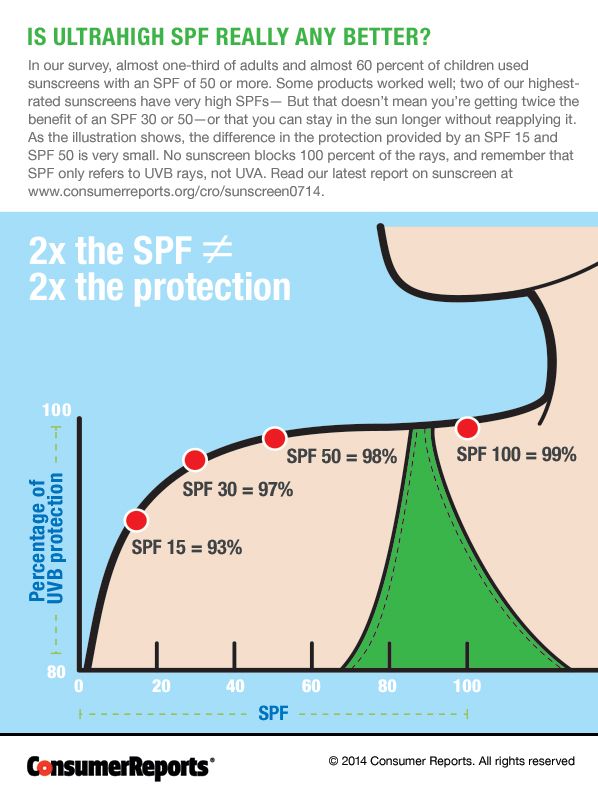 Proper tire maintenance includes making sure your tires are inflated to the proper levels, getting the alignment checked occasionally, and rotating your tires after the number of miles recommended by the manufacturer.
Proper tire maintenance includes making sure your tires are inflated to the proper levels, getting the alignment checked occasionally, and rotating your tires after the number of miles recommended by the manufacturer.
Step 1: Check the air pressure. At least once a month check, or have someone check, the air pressure in your tires.
To check the tire pressure, remove the valve stem cover and place the end of the gauge over the top of the valve stem. The air pressure in the tire pushes the PSI indicator out of the bottom of the gauge, indicating the pressure in the tire.
Make sure all the tires are inflated to the recommended air pressure. You can find this information in your vehicle's user manual, on the inside of the door frame, or at the manufacturer's website.
Step 2: Check for tire wear. Over time, the tire tread tends to wear down, leading to less grip and traction.
Over time, the tire tread tends to wear down, leading to less grip and traction.
Check tire tread wear on a monthly basis, usually when you are making sure they are properly inflated. Look for tread wear indicator bars at regular intervals around the tire. When these bars are flush with the surface of the tread, consider replacing the tires.
If you notice uneven tread wear, have your tires checked by an expert mechanic, such as one from YourMechanic, as this could indicate an alignment problem.
Step 3: Check the wheel alignment. Get the wheel alignment checked yearly, unless you suspect a problem.
An improperly aligned car can have uneven wearing of the tire tread. This, in turn, can lead to the vehicle pulling to one side while driving and can even result in tire failure.
Step 4: Get the tires rotated. To promote even wear of the tire treads over time, get the tires rotated on a regular basis.
You can find the recommended interval for tire rotation in your vehicle's user manual.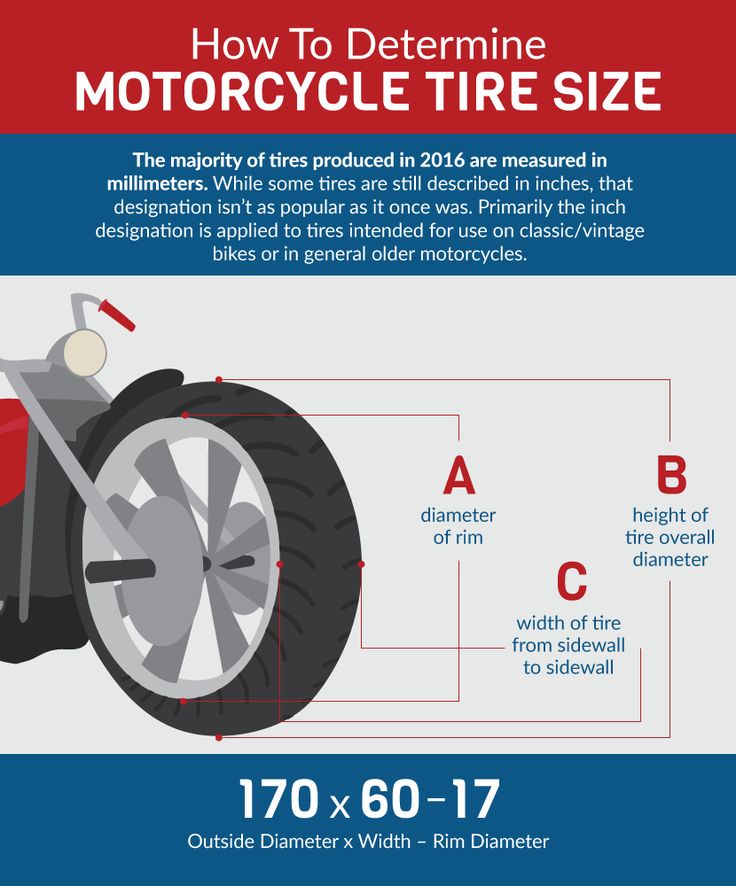 Most vehicle manufacturer's recommend getting your tires rotated every 7,500 miles or every six months.
Most vehicle manufacturer's recommend getting your tires rotated every 7,500 miles or every six months.
When having your tires rotated, you must follow a certain pattern depending on whether your vehicle is a rear- or front-wheel-drive. The standard patterns include:
Rearward cross: The typical tire rotation pattern used with rear- and front-wheel-drive vehicles. In this pattern, the front tires are moved to the rear and switched from left-to-right and right-to-left, and the rear tires are moved forward but kept on the same side.
X-Pattern: The x-pattern is used for rear-, four-, and front-wheel-drive vehicles. In this pattern, the front wheels are moved to the rear and switched from one side to the other. The rear wheels are also moved to the front and their side switched.
Forward cross: This pattern is used exclusively with front-wheel-drive vehicles. In this pattern, the front wheels are moved to the rear and stay on the same side. The rear wheels are moved to the front and are switched from one side to the other.
The rear wheels are moved to the front and are switched from one side to the other.
Warning: Keep in mind, if your vehicle is equipped with directional tires, the standard rotation does not apply and can even lead to improper tire function when driving on the road. Make sure to inform the person performing the rotation that you have directional tires so they can implement the proper rotation patterns.
Maintaining and protecting your tires are the best ways to make your tires last longer. When they do wear out, look for quality, long-lasting tires to replace them with. One of the best, and easiest, ways to make your tires last is by rotating them on a regular basis.
If you need help with a tire rotation, call one of the expert mechanics from YourMechanic to do the job for you.
maintenance
Tires
The statements expressed above are only for informational purposes and should be independently verified. Please see our terms of service for more details
.jpg)
4.2 Average Rating
Service Hours
7 AM - 9 PM
7 days a week
Phone Number
1 (855) 347-2779
Phone Hours
Mon - Fri / 6 AM - 5 PM PST
Sat - Sun / 7 AM - 4 PM PST
Address
We come to you at no extra charge
Guarantee
12-month/12,000-mile warranty
Our certified mobile mechanics perform over 600 services, including diagnostics, brakes, oil changes, scheduled mileage maintenances, and will come to you with all necessary parts and tools.
Get a fair & transparent quote instantly before booking.
Earn up to
$70/hr
Apply Now
Our certified mobile mechanics make house calls in over 2,000 U.S. cities. Fast, free online quotes for your car repair.
GET A QUOTE
GET A QUOTE
Understanding Land Rover Service Indicator Lights
Car symbols, or dashboard lights, are a car service reminder. The Land Rover mileage-based system indicates when and what service your car needs.
The Land Rover mileage-based system indicates when and what service your car needs.
Should You Wax or Polish Your Car?
Polishing a car removes small damages done to the top coat of a car and wax provides a protective coating to keep paint jobs from fading.
All About Car Service Indicator Lights
No matter which manufacturer your car is from, there is a service indicator light that lets you know when your car needs maintenance or attention.
Is it a Good Idea to Get Oversized Wheels and Tires for My Car or Truck?
Your vehicle was initially designed with a specific wheel and tire combination that the manufacturer of the vehicle felt was best suited for safety and performance. Many times, the wheels and tires that come with a vehicle may seem too...
Fan came on & temperature gauge raised to hot
When you say you had general maintenance, did you get a coolant service? If so, then your engine coolant may have had an air pocket from the coolant change, and then the pocket caused the high temperature spike which then.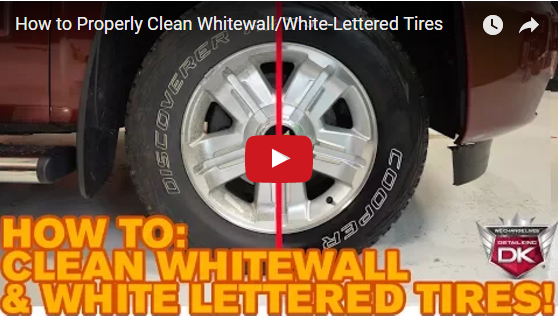 ..
..
car making womp womp noise and pop
A common cause of a noise like that is tire belt (internal) separation, flat spot(s) on tire or other tire defects. If the tires end up being excluded during a diagnostic, the CV axles, wheel bearings, and unfortunately the transmission...
Maintenance
Cities
Estimates
Our service team is available 7 days a week, Monday - Friday from 6 AM to 5 PM PST, Saturday - Sunday 7 AM - 4 PM PST.
1 (855) 347-2779 · [email protected]
Read FAQ
GET A QUOTE
Vladimir Gavrilov
Estimated reading time: 4 minutes
12223
Shutterstock.com
“The fact is that the tread of winter tires contains a significant proportion of natural rubber. And careless handling of it, as with any organic matter, entails unpredictable consequences, ”says technical expert of Nokian Tires Alexander Parkhomchuk . Sometimes there is less harm from driving on winter tires year-round than from inept and improper storage. Winter tires can be ruined in a month.
And careless handling of it, as with any organic matter, entails unpredictable consequences, ”says technical expert of Nokian Tires Alexander Parkhomchuk . Sometimes there is less harm from driving on winter tires year-round than from inept and improper storage. Winter tires can be ruined in a month.
Natural rubber's worst enemy is direct sunlight. Its structure is distorted under the action of radiation, and a frequent increase in temperature in the solar heating spot above 50 degrees leads to local delamination of the tire material. Therefore, the wheels cannot be hung on a carnation on the wall of a glazed balcony or laid out on the roof of a barn. In this case, the surface layer of rubber cracks and cracks. The grip properties of the tread are distorted, which leads to the so-called uneven braking effect. One part of the rubber in the contact patch works correctly, while the other part floats and crumbles, creating a spinning moment of forces.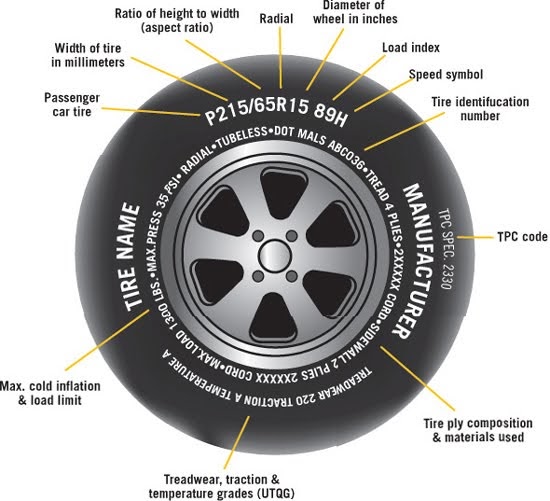 In general, it's time to look at the balcony and check if the bright sun has turned black tires into a rubber smelter.
In general, it's time to look at the balcony and check if the bright sun has turned black tires into a rubber smelter.
The Nokian Tires warehouse in the Leningrad region uses its own storage system. There, the temperature stays near zero, and the lighting is always the same - the weak, dim light of ordinary incandescent lamps. Each tire lies flat in its own wooden section. These are ideal conditions that cannot be replicated at home. Therefore, before sending tires to a well-deserved rest, they must be at least minimally prepared for serenity. It is better to wash at the sink or with ordinary soapy water in a basin. And then you can already fold it in a dark, dry corner of the balcony, covering it with the maximum number of bedspreads.
Here you should also pay attention to balcony heating. Direct infrared rays from stoves or incandescent appliances can damage rubber and destroy the rubber structure. Hot jets of heat guns are also contraindicated for wheels.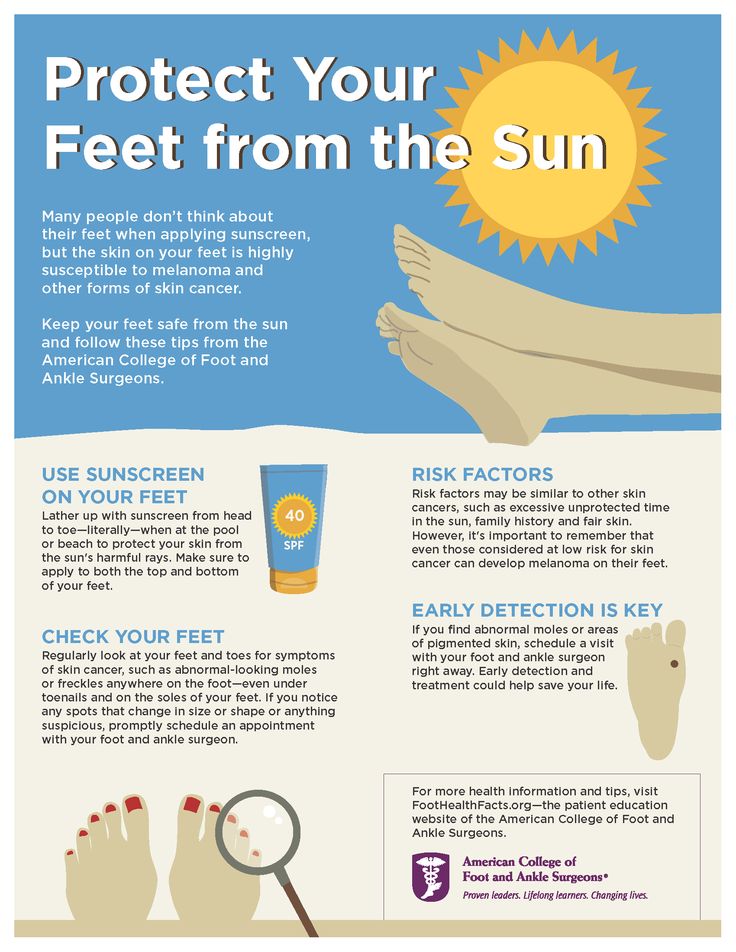 Reflected heat or convection air flows coming from a distant heating source are considered safe.
Reflected heat or convection air flows coming from a distant heating source are considered safe.
Tires should not be kept in a wet, rainy basement. Long-term exposure to moisture has a detrimental effect on rubber. Water penetrates into the internal pores and undermines the binding fibers. This process is slow, but irreversible.
If the tires are assembled on the rims, hanging them from hooks on the walls in a dark storage is ideal. Without disks, it's best to keep them stacked flat on the ground. At the same time, once a month it’s a good idea to sort out the wheels, one under the other. Thus, the lower tire is at the top, and the others at the bottom. This will ventilate the stack and change the load on the sidewalls. Do not store anything heavy on top of the stack. Otherwise, the sidewalls heated up in the summer can float, distorting the shape and subsequent balancing.
Under no circumstances should tires be placed upright without rims.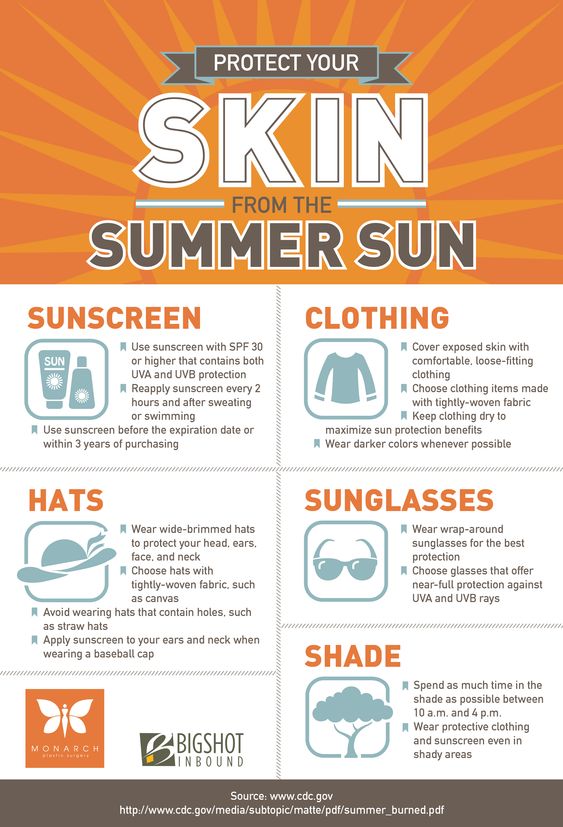 After a few weeks in the heat, they sag under their own weight and turn into ovals. Four to five months of such parking lead to subsequent beating when driving. The floating rubber can no longer be pulled back into place. However, if it is difficult with closets and pantries in a cramped apartment and it is simply impossible to lay the wheels flat, then you can try to save them by turning them around once a week. But not 180 degrees, but a quarter of a circle. Then the shape distortions will compensate each other and the tires will last until the autumn change of shoes.
After a few weeks in the heat, they sag under their own weight and turn into ovals. Four to five months of such parking lead to subsequent beating when driving. The floating rubber can no longer be pulled back into place. However, if it is difficult with closets and pantries in a cramped apartment and it is simply impossible to lay the wheels flat, then you can try to save them by turning them around once a week. But not 180 degrees, but a quarter of a circle. Then the shape distortions will compensate each other and the tires will last until the autumn change of shoes.
The technical regulations do not give exact terms of operation. It all depends on the degree of wear. But if, for example, a car has been in a damp garage or in an open-air parking lot for 15 years, this does not mean that its wheels are in perfect condition. Most likely they will require urgent replacement. The change in shape and cracked sidewall will make it impossible to operate the car. If the tires constantly ride on the roads and rest in a dry place, then with gentle loads they will last about 10 years. This threshold is followed by irreversible changes in the design of the wheel.
tips
tiresNext article
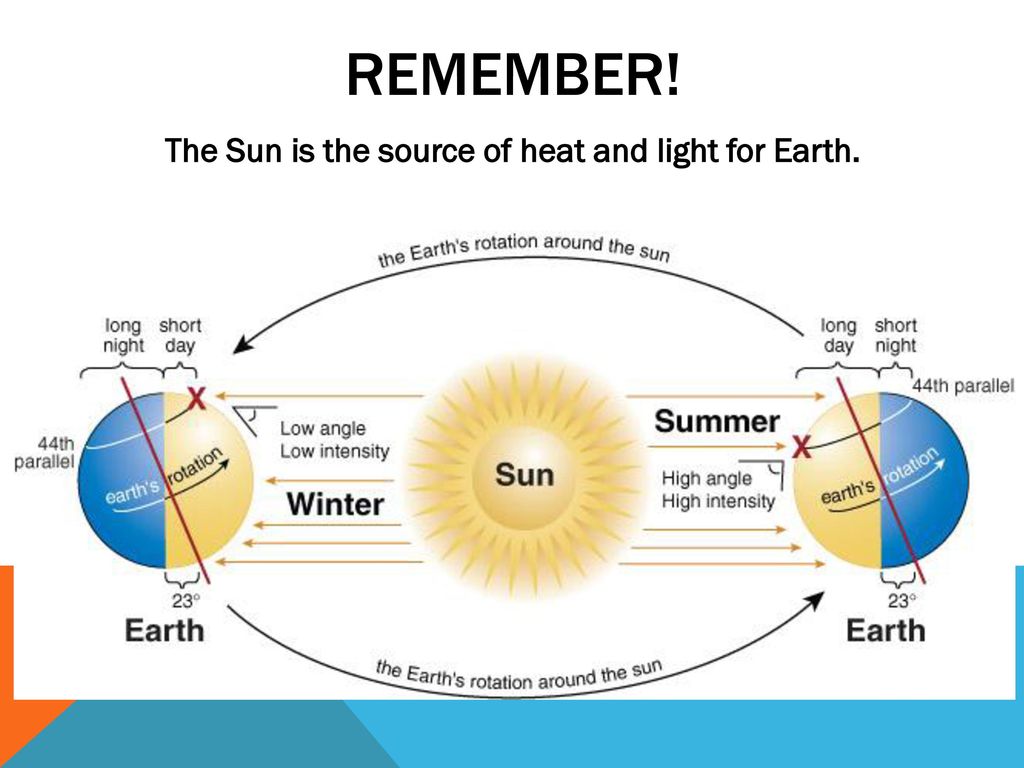 Pros and cons
Pros and cons Media news2
If the tires can not be stored in the sun (and certainly not), then why don't we hide them when the car is parked for a long time in the heat?
Ukrainian motorists have long been accustomed to closing the windshield in the heat, but when they do this with wheels… Meanwhile, those of us who have been to some hot countries sometimes come across parked cars with wheels wrapped in cardboard or cloth. Why do owners do this? Must have been to protect the rubber from sunlight.
This picture can sometimes be seen in car parking areas in some southern countries.
It is believed - and we also remember this when we talk about the off-season storage of tires - that rubber is afraid of ultraviolet rays, which are an integral part of sunlight.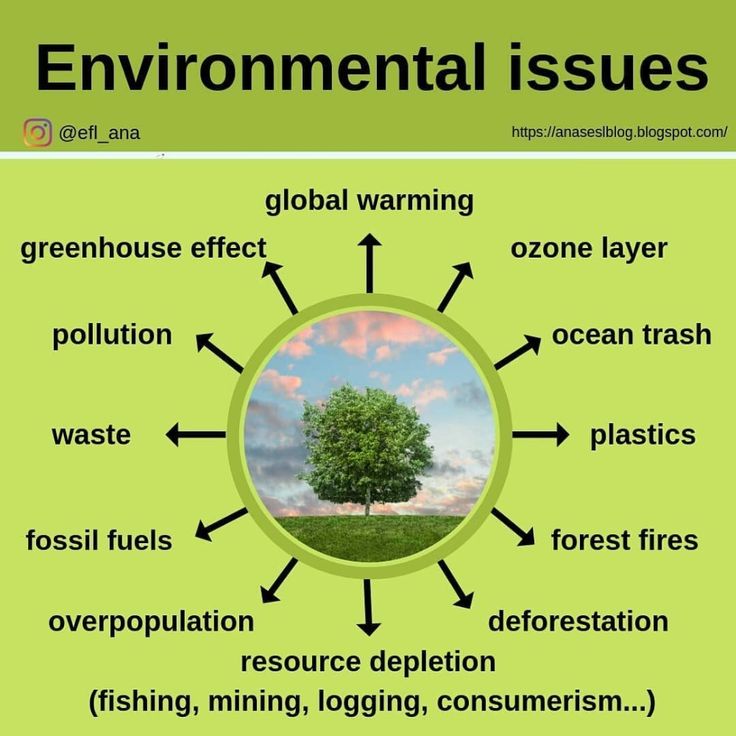 Ultraviolet destroys rubber, its surface layer can “dry out” and become covered with small cracks.
Ultraviolet destroys rubber, its surface layer can “dry out” and become covered with small cracks.
Read also: How to cool a car in the heat without air conditioning
But modern rubber contains special additives that slow down its aging. In addition, keep in mind that the ultraviolet spectrum in sunlight is especially active in the northern latitudes of the planet, which cannot be attributed to Ukraine.
Small cracks in the top layer of rubber are not always the result of intensive exposure of the tire to sunlight. So, it is unlikely that the sun could illuminate the bottom of the tread grooves for a long time.
To understand the picture, look at the rubber products of old cars abandoned on the street: their moldings and window seals only begin to change after many years of exposure to the open air. The old tires on these "experimental" vehicles tend to look much better. And even then it should be borne in mind that the rubber left on the street ages only ultraviolet, but also the ozone contained in the air, and chemically active precipitation typical of large cities.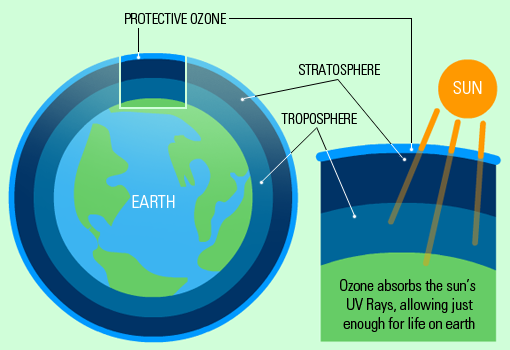
See also: Hot troubles: what problems to expect from a car in the heat
If we talk about the aging of rubber from sunlight, then we must first of all keep in mind winter tires, which contain a much higher percentage of natural substances (rubber, oils, etc.) - they suffer from the sun in the first place. By the way, for the same reason, it is undesirable to heat winter tires above 50 degrees.
Of course, rubber cracks do not promise anything good, but you should not expect immediate catastrophic consequences: the tire beads are multi-layered.
In a word, in our latitudes, it is not worth talking about the need for special protection of tires on parked cars. Why do car owners in southern countries do this, you ask? At the first opportunity, we will definitely ask them about it. But most likely, the point here is the stereotype that has long been established that rubber is afraid of the sun and it is better not to leave it open in the heat. Modern tires have long been different and they are less afraid of the sun, but car owners do not risk being convinced of this in practice - especially since such “protection” is practiced in relatively poor countries (Greece, Spain, Italy), and is not found in hotter, but more prosperous.
Modern tires have long been different and they are less afraid of the sun, but car owners do not risk being convinced of this in practice - especially since such “protection” is practiced in relatively poor countries (Greece, Spain, Italy), and is not found in hotter, but more prosperous.
But in China it is customary to protect the wheels from the urine of dogs that mark them.
The rubber compounds from which modern tires are made are little affected by ultraviolet sunlight. As the experience of Avto24 experts shows, the appearance of small cracks on the tread and even on the sidewalls of old tires does not have a noticeable effect on their performance. Both the tightness and the integrity of the frame are preserved, because only the top layer of rubber is exposed to ultraviolet radiation - and even in the thinnest place it is by no means the only one. But even if the tires are really old and you want to keep them, try to park your car in the shade in the summer, especially if you plan to park for a long time.